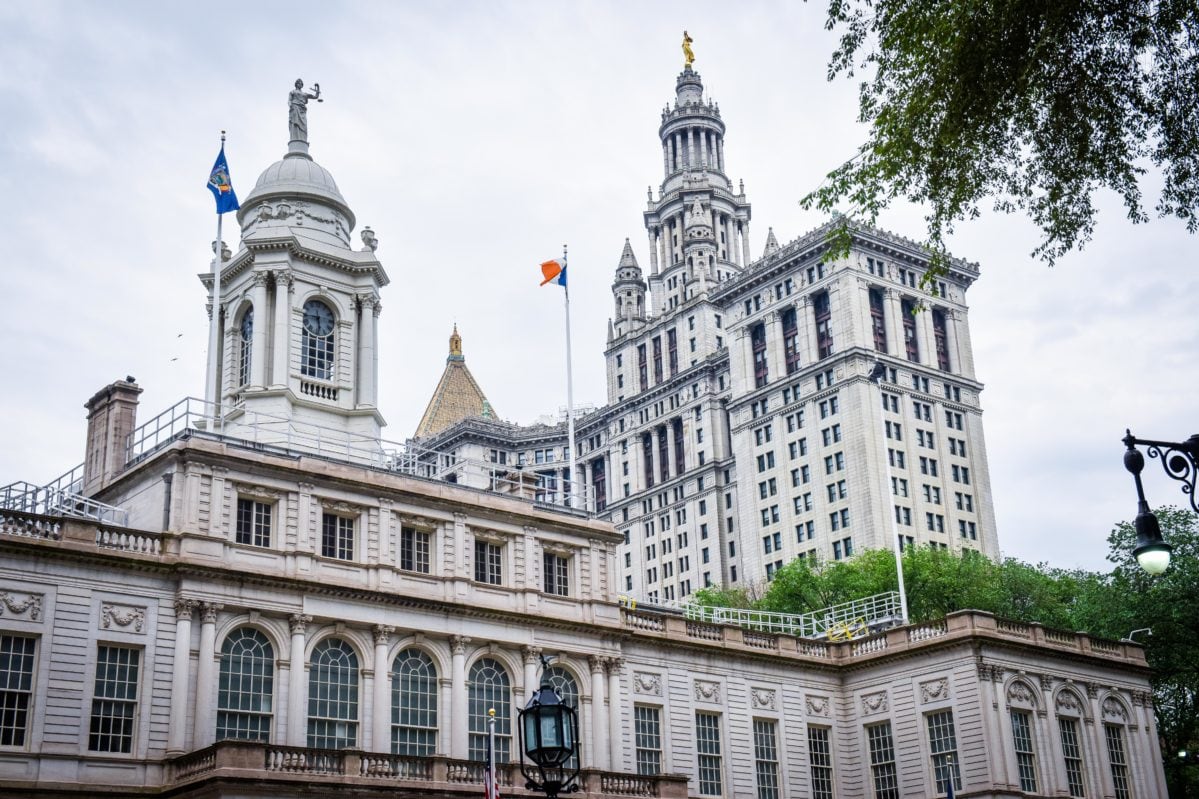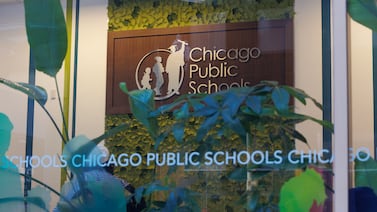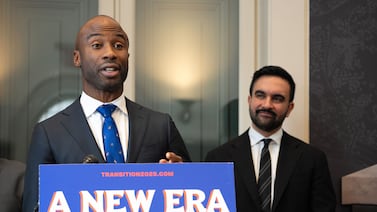Sign up for Chalkbeat New York’s free daily newsletter to keep up with NYC’s public schools.
New York City Council members will soon call on the city’s Education Department to broaden access to newspapers at high schools across the five boroughs.
Council members are expected to pass a resolution on Thursday that will urge education officials to address stark inequities in journalism opportunities — calling on the Education Department to provide support for student newspapers at every high school. The push follows efforts by the New York City Youth Journalism Coalition earlier this year to garner support for expanding school journalism programs.
As of 2022, roughly 73% of the city’s high schools did not have school newspapers or student-run websites, according to a study by Geanne Belton, a journalism professor and director of the high school journalism program at the City University of New York’s Baruch College.
Students’ access to a journalism program broke down on racial and socioeconomic lines. More than three-quarters of the schools with the highest concentrations of white and Asian American students had student publications, while only 8% of schools with high concentrations of Black students and 16% of those with large shares of Latino students, according to the study. Schools with higher rates of poverty were far less likely to have a student publication.
Those inequities mirrored trends in the broader industry. A 2018 survey found that journalists of color made up just 22% of the workforce.
“There’s always been an absence of Black and brown bodies in telling stories — people are always telling our stories,” said Council member Rita Joseph, chair of the council’s education committee and the primary sponsor of the resolution. “This is an opportunity for students across the city to know what it’s like to tell their own stories.”
Joseph wants to see the Education Department provide further support to high schools seeking to establish journalism programs, including rolling out curriculum, training educators, and facilitating the creation of journalism clubs. She’s hopeful, too, that council members will use discretionary funds in the coming years to support journalism programs in their local district schools.
The council resolution does not require action by the city’s Education Department, but it’s the latest sign of support for further investments in high school journalism programs. Supporters of such programs note that journalism can help students build reading, writing, and media literacy skills, while addressing issues around civics, ethics, misinformation, and more.
Nathaniel Styer, a spokesperson for the Education Department, noted the city had recently connected superintendents with organizations that support student newspapers for presentations on how schools could better support student journalism.
“We’ve invested over $1.5 billion in schools, which goes a long way towards providing enriching opportunities for our students, like student newspapers,” he said in a statement over email. “We appreciate the councilmember’s advocacy on this topic and we look forward to continuing this work to support our student newspapers.”
Earlier this year, students, advocates, and educators gathered at City Hall for a day of action — urging officials to support more journalism programs in the city’s schools. That effort came as part of the launch of the “Journalism for All” initiative, which included a newly developed high school journalism curriculum set to roll out in the 2025-26 school year.
On Wednesday, members of the Youth Journalism Coalition praised the proposed council resolution.
“This is a really important step towards youth journalism equity within New York City,” said Makenna Turner, a recent graduate of the Institute for Collaborative Education in Manhattan and a member of the coalition.
Joseph noted it will take time to bring newspapers to the many schools that currently lack programs. But she’s hopeful to see access to journalism trending up in the coming school years.
“We’re not asking for this to happen overnight,” she said. “Right now, only 26% of New York City public high schools have student newspapers. I would love to see if we can get to 50%.”
Julian Shen-Berro is a reporter covering New York City. Contact him at jshen-berro@chalkbeat.org.





